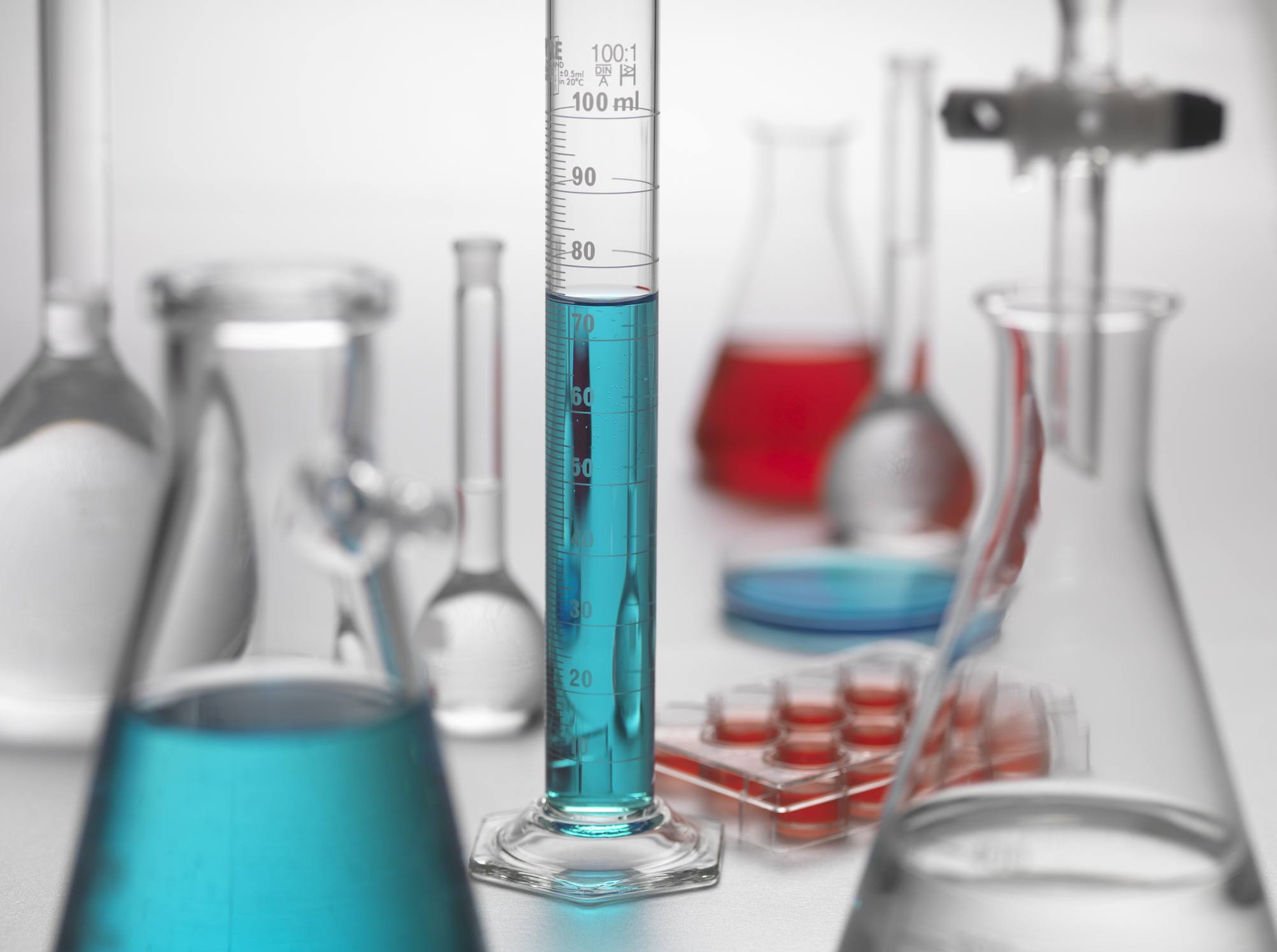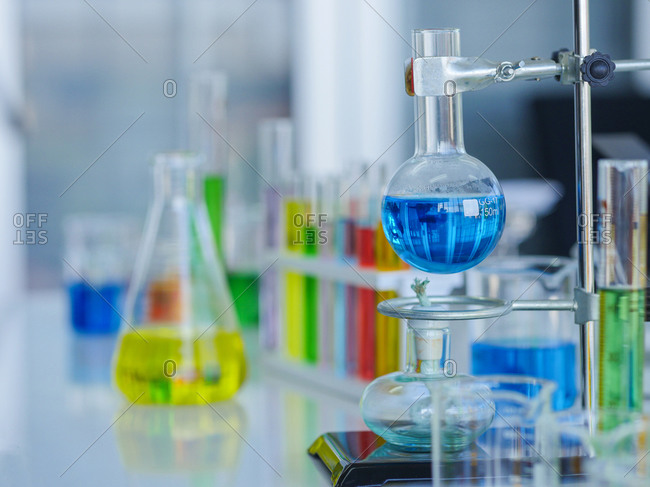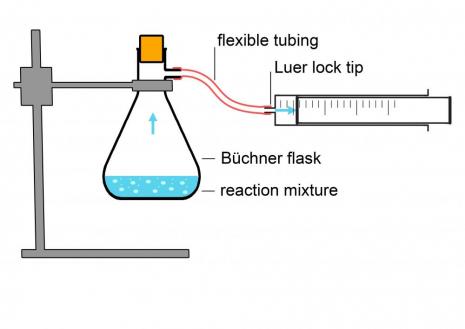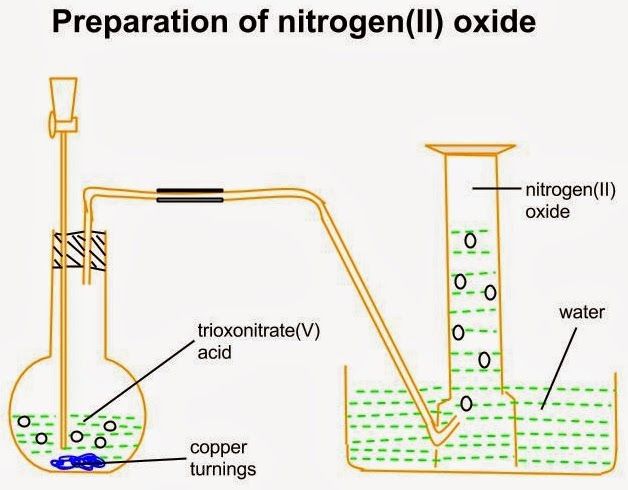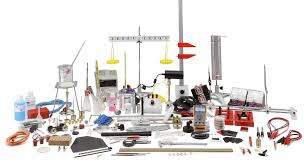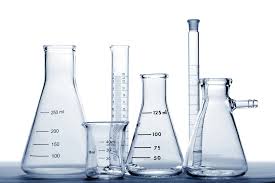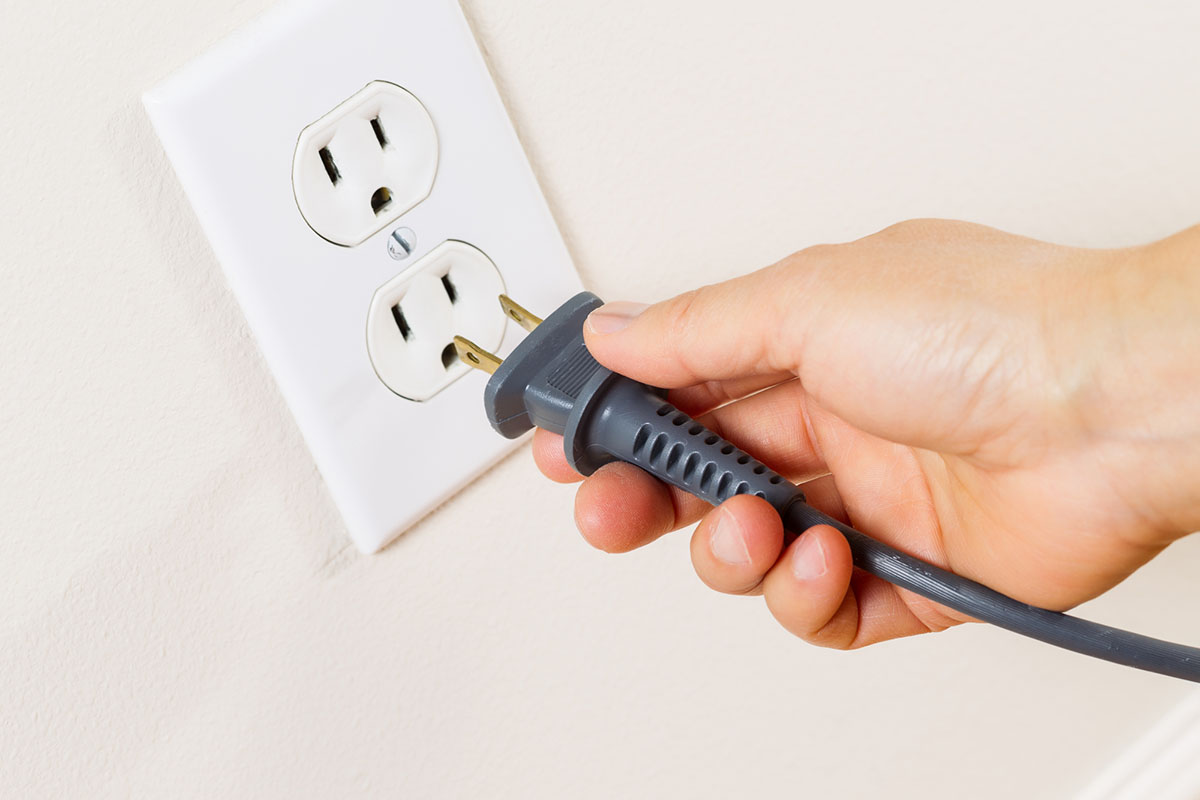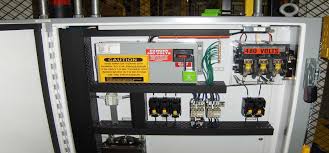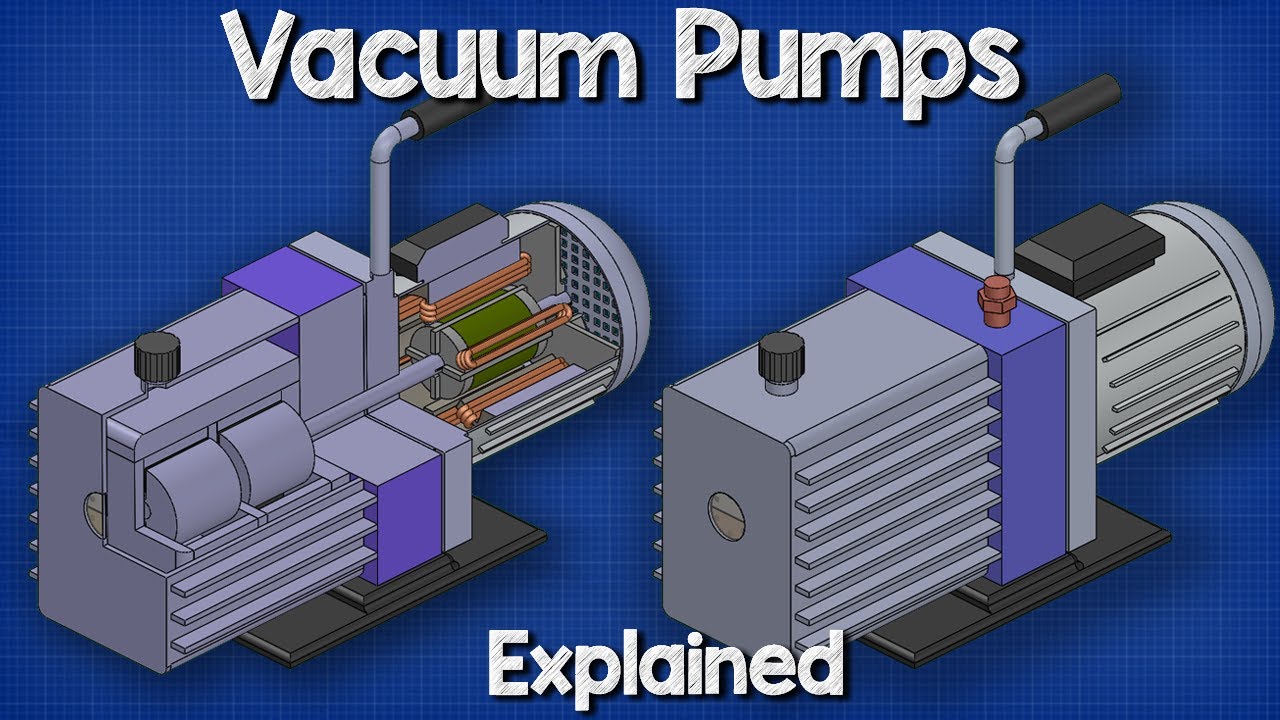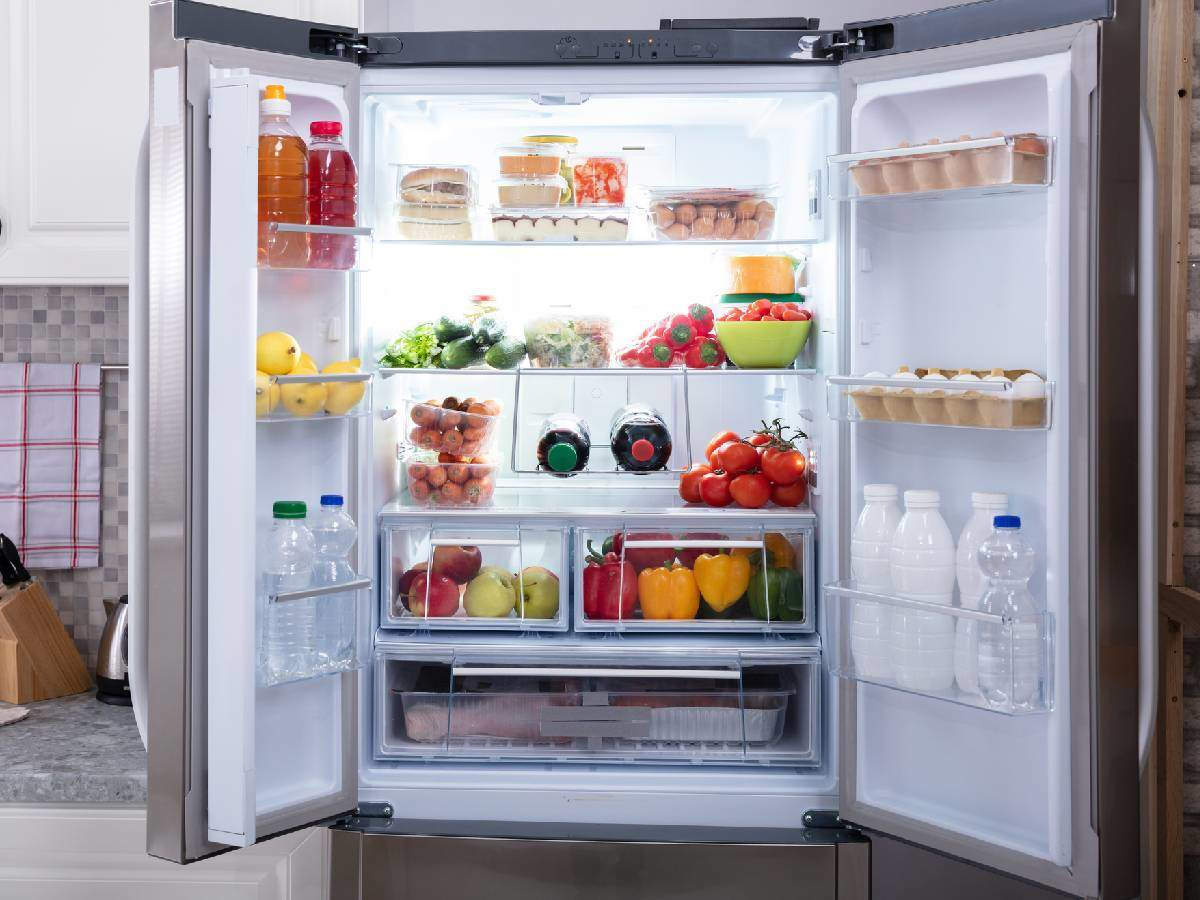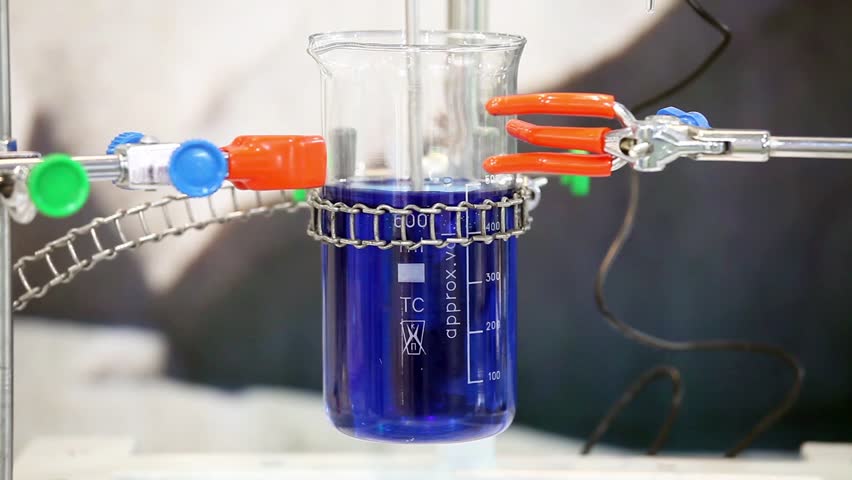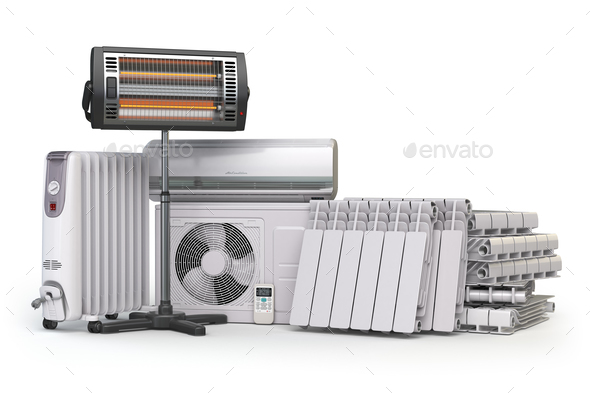Fisher Scientific provides you with a wide range of high-quality equipment for your lab. Whether you need large essentials like freezers, ovens or an incubator, smaller tools like microscopes, refractometers, and water baths, or everyday bench items like glassware, spatulas and pH meters, you’ll be sure to find the necessary science equipment here.
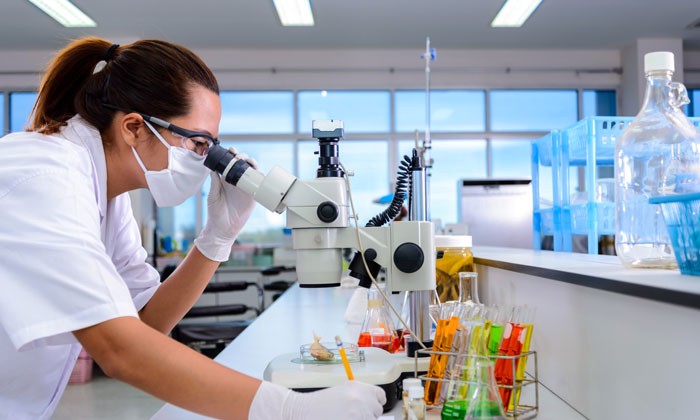
Analytical solutions for laboratory processes
The pharmaceutical industry plays an important role in healthcare and consists of many public and private organizations that discover, research, develop and manufacture commercial medicine for humans and animals. We provide innovative solutions to help you stay competitive by accelerating your development process of innovative products with enhanced therapeutic activities and reduced possible side-effects.
Fisher Scientific provides you with a wide range of high-quality equipment for your lab. Whether you need large essentials like freezers, ovens or an incubator, smaller tools like microscopes, refractometers, and water baths, or everyday bench items like glassware, spatulas and pH meters, you’ll be sure to find the necessary science equipment here.
Equipment and Instruments
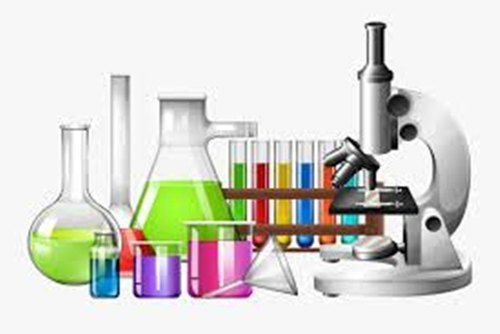
Laboratory Instruments
"Laboratory instrument" is a general term for all kinds of instruments, vessels, and other tools needed for operations in various laboratories, synthesis and analysis. Laboratory Instruments are exposed to some extreme chemical and physical influences and must simultaneously provide accurate measurement results, must have a long life and provide safety for the user. Therefore, laboratory instruments have to have a high quality and be durable in order to meet the high standards in laboratory technology.
Modern laboratory instruments have interfaces and can therefore be used not only by professionals but also by untrained personnel due to the user-friendly software operation. Tested and equipped with ISO calibration certificates, laboratory instruments deliver meaningful results in the shortest possible time. These tested laboratory instruments can be delivered and also be provided with calibration certificates (ISO) (optionally available). ISO is available either with the initial order or for recalibration (for example annually). The following alphabetical list gives an overview of the different laboratory instruments and their versatility. The technical data sheets for each laboratory device are stored in the corresponding sub-sites. An additional overview of the entire range of laboratory instruments provides virtual sheets of the catalogue.
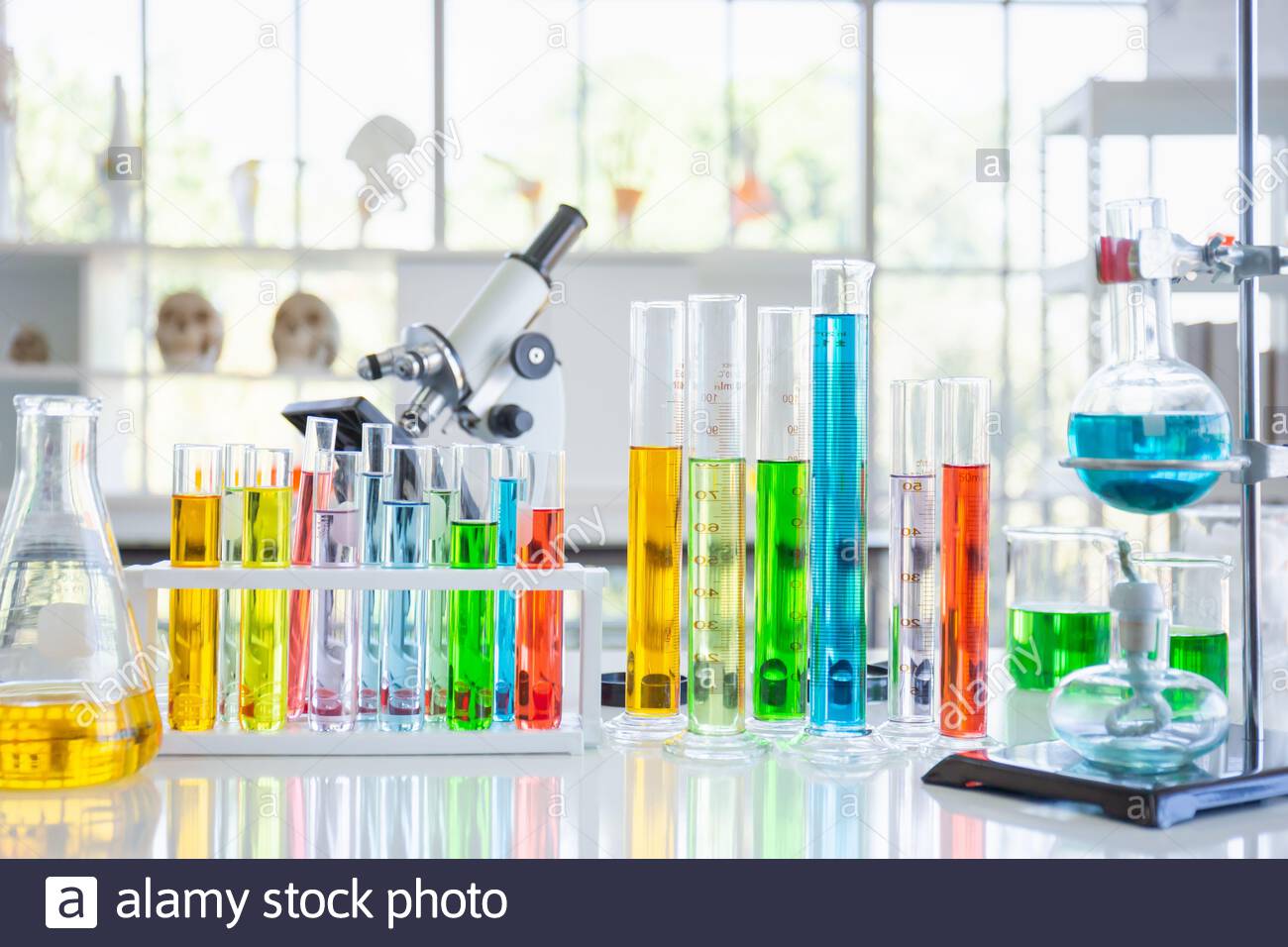
General information on the use of laboratory instruments in the laboratories
To perform an analysis or synthesis of a substance, you need laboratory instruments, e.g. various special devices. The laboratory instruments discussed here are essential for every laboratory, because you can´t carry out analyses and syntheses without technical laboratory instruments.
Since there are various methods for analysis and synthesis, it is important that are you previously aware of the method you want to use. Subsequently, you can find a suitable product from the range of laboratory instruments. A distinction is made between the division and the separation of mixtures. With the cerium division that is done via laboratory instruments, direct mechanical strength is exerted onto the chemical compound, which in turn is then split, torn or broken apart. The compounds’ connection therefore is broken by the mechanical influence of one of our laboratory instruments and the analysis was conducted.
Here, the laboratory instruments used usually exerts merely indirect mechanical strength or direct thermal energy on the compounds. In this procedure, laboratory instruments usually exert centrifugal and centripetal power on the compounds.
In most laboratories, analysis and synthesis are only the first steps in dealing with specimens. After these processes, the real work often begins. Thus, laboratory instruments such as microscopes, pH knives, scales and distributors are indispensible.
Nevertheless, a well-equipped lab should not only feature laboratory instruments which serve to execute a series of experiments, but furthermore devices which are needed in the post-process must be also purchased. Exact and unadulterated measurement results in subsequent experiments can only be achieved by a suitable follow-up to the experiment itself, such as for example sterilisation. This is important because neither bacteria, nor any other foreign bodies may be on the test object or on any of the other many laboratory instruments
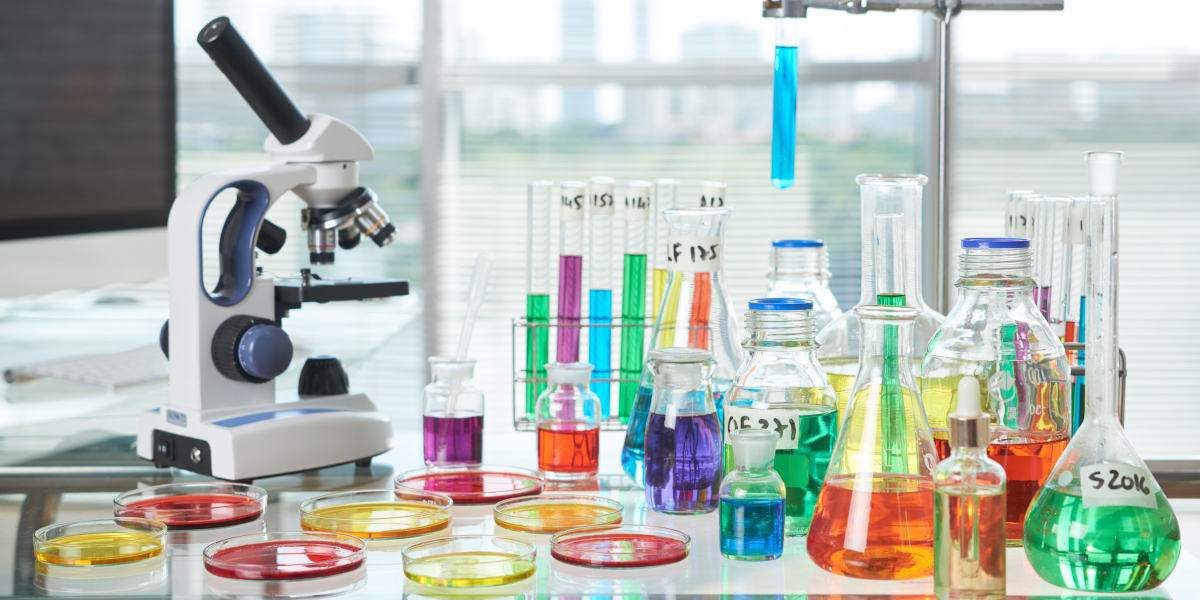
Laboratory instruments for the cerium division of connections
As previously described, laboratory instruments are used for the analysis of various materials. The range of products in these supporting devices is large and includes mortars and pestles, mills and dispensers. The mills vary in design and size and are therefore designed for various materials. Thus, such diverse materials such as ground samples or ceramics can be ground and optimally prepared for inspection.
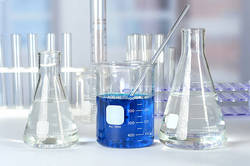
Laboratory instruments for the cerium separation of connections
Ihe separation’s aim is to detach the compound materials from each other in order to afterwards have merely homogeneous materials at one’s disposal. To separate the single materials from each other, there are various procedures and laboratory instruments at a lab employee’s disposal. Simple sieves as well as distillators and centrifuges are used during the separation. The centrifuges are probably the most-used laboratory instruments when it comes to the separation of different material compounds. These centrifuges can separate emulsions as well as suspensions. An emulsion is a connection of two or several liquids and a suspension the connection of liquids and solid materials. To reach of a division of the materials, the centrifuge works on the basis of physical principles. During the separation the material that has a higher density is pressed outwards. Simultaneously, the material with the lower density goes inwards and the division via our lab device is complete. To use the suitable physical technical terms necessary in the explanation of our laboratory instruments with, it must be said that the forces which exert strength on the compounds are called centrifugal and centripetal strength. The centrifugal strength works on the materials which move outwards and the centripetal strength causes the materials with lower density to move inwards.
An optical investigation is part of the agenda with most series of experiments in. Hence, we likewise have microscopes, refractometers and thermometers in the PCE’s laboratory instruments program. While observing the various experiments, it is important to use high-quality microscopes that allow a precise observation of the specimens. This is, of course, the case for most laboratory instruments, but is of especially high importance when it comes to microscopes. PCE has a large number of microscopes. If you are interested, you fill find the corresponding classifications of these laboratory instruments on our Internet pages. Furthermore, please don’t hesitate to contact us with your questions concerning our laboratory instruments. Our advisors will gladly consult you.
The laboratory instruments which serve the cleaning of lab utensils
As previously mentioned, all laboratory instruments and lab utensils must always be clean and sterile in order to deliver flawless test results when used again. Hence, we not only offer laboratory instruments which are used for testing, but also such laboratory instruments which are used for sterilisation. The washers are especially important in this category since they guarantee a quick and hundred per cent cleaning of your laboratory instruments.
